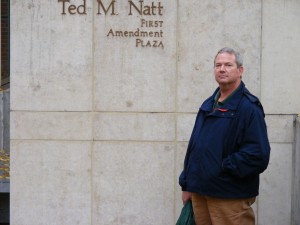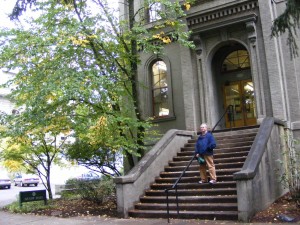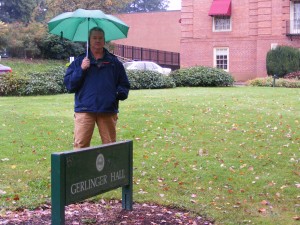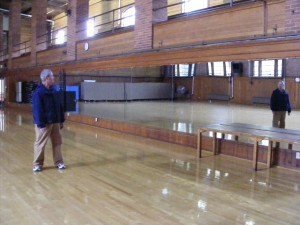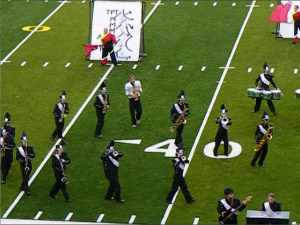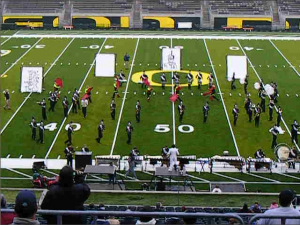Subtitle: Why Do I Fear Success?
This is how I might define success: Success is the ability to do whatever you want (legally and morally). In other words, success is the ability to enjoy my life. Based upon that definition, I am about 67 percent successful. My hobby is to achieve 100 percent success, based upon my definition.
Of course, this presupposes a secondary definition of success; that is, financial achievement in my career, which permits the ability to do whatever I want.
Yet for some reason, I behave as though I fear success.
Success implies a single-minded commitment to one thing. That’s how success is achieved. But my nature is to pursue multiple interests, thereby diluting each one. Nevertheless, I am able at times to harness single-mindedness, which I will write about later when I address controlled obsession. Also, I prefer to see things come to an end; not to continue on indefinitely. Therefore, my dedication to “one thing” that’s time-bound is not conducive to a high level of success.
Every time I achieve a certain success, it requires and brings with it so much interpersonal interaction, especially nowadays via e-mail. And that dilutes my focus, the “zone,” in which I achieved the success in the first place, and I hate that. I want everyone to like me, but I don’t want anyone to know me. That contributes to my fear of success. I prefer privacy and anonymity. It’s the distinction between “success” vs. “fame.” I.e., I fear success because success will bring invasion of my privacy. I fear success because it brings with it much of what is contrary to my personality. The “success” that I would like to attain is solitude. So I will measure my success by the degree to which I can afford to enjoy solitude. (Solitude, by the way, need not imply complete isolation, but can include another person with whom you are perfectly in tune, which spells the difference between solitude and loneliness.)
Success brings a boatload of unintended consequences from the thing, my passion, that brought the success in the first place. E.g., phone calls and e-mails from the fans who did like the novel; moderating thousands of comments because my website is active, etc. I suffer from the fear of success because each success leads to another obligation/ responsibility; …because success will bring other obligations that distract from my obsession. Thus, I fear giving in to my obsession because I know I will ultimately be distracted from it.
Also, it is anti-climactic, depressing, to finish a project, which is another subtle reason that I fear success. With each project, I am working toward that anti-climactic, depressed feeling. Thus, how am I undermining certain projects by my underlying, subconscious fear so that it becomes self-fulfilling? (I.e., the project is not completed – and all that time has been wasted.)
My fear of success is fear of the unknown – fear of disturbing the status quo, in which there is comfort and routine.
Although I fear success, it is a fear that I’m working to overcome. That’s why this is the beginning of a several part series. I have spoken on this topic on numerous occasions. I will eventually collect the most relevant points into an e-book that will be free to download (or simply read online). I’ve coined a word for the Fear of Success. I call it éxitophobia – like agoraphobia. It is based on the Spanish word, éxito, with an accent mark above the e, which means success.
I was lying in bed one morning or afternoon recently, when thoughts of this blog came into my mind. And I asked myself mentally, not out loud, Am I lying here beside a naked woman? It was a rhetorical question; the answer was yes. So the paradox is this: I’ve achieved success in certain enviable areas, such as our marriage and family. And I wasn’t afraid of achieving these successes. So what are the elements of this success that rendered it non-frightening? I.e., why was I able to pursue this success without fear? And how can I apply this ability to other goals – as well as using it as criteria to simply eliminate some goals. I.e., perhaps I fear them precisely because they are not a good fit for me.
Lee Cuesta

